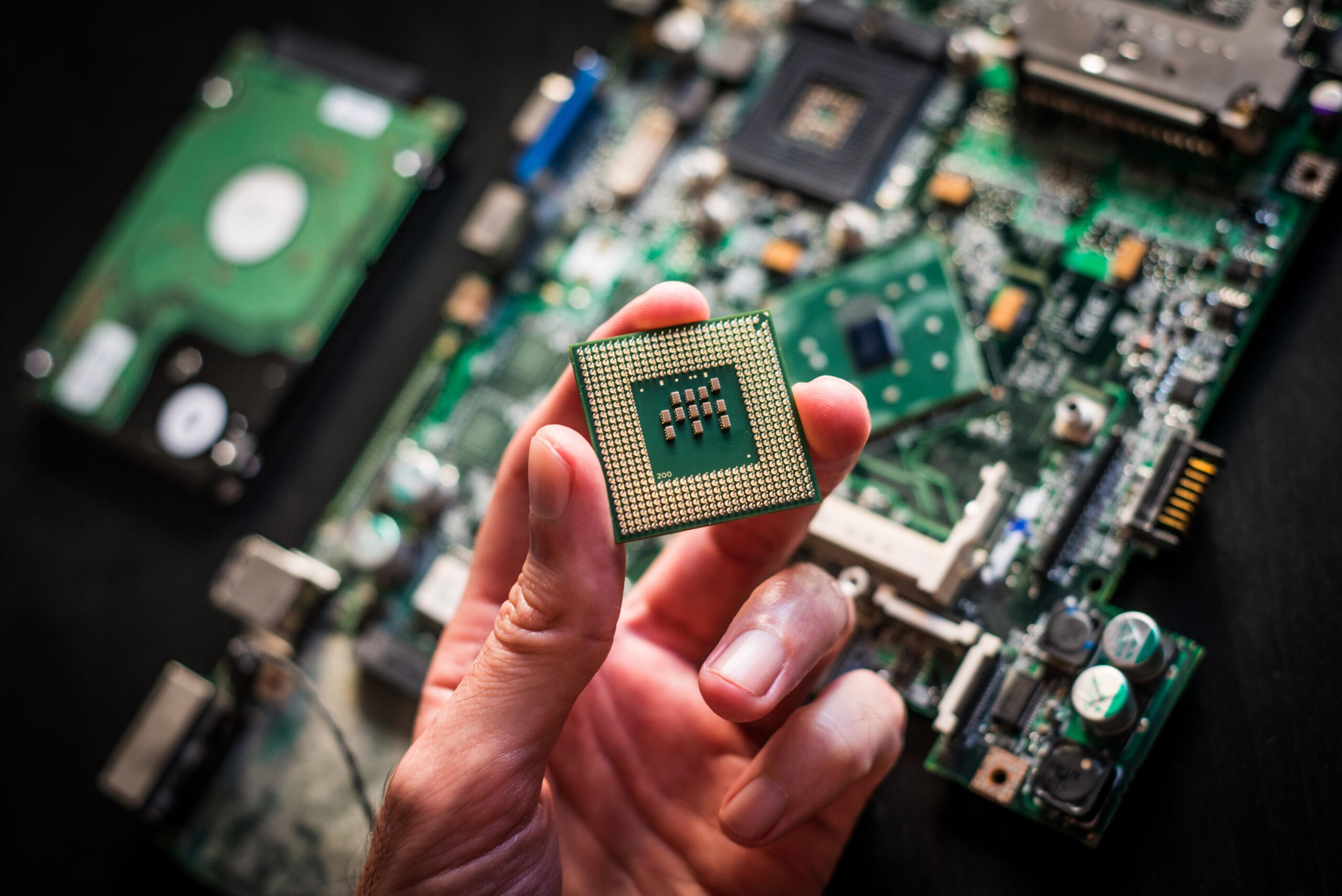Your mobile device buzzes with a game notification, excitement builds as you prepare to jump in, but then reality hits…stuttering frame rates, input lag making precise movements impossible, overheating that could fry an egg, and battery drain that would make a Tesla jealous.
Sound familiar? You’re not alone, and more importantly, you’re not powerless against it.
Mobile gaming optimization has evolved from a niche concern into an essential skill for anyone serious about mobile gaming in 2025.
With games becoming increasingly sophisticated, the gap between optimized and unoptimized experiences has never been wider.
The difference between a properly tuned setup and default configuration can mean victory versus defeat.
Understanding Mobile Gaming Performance

Mobile gaming performance optimization begins with understanding the complex interplay between hardware components, software systems, and game engines.
Unlike desktop computers with dedicated graphics cards, mobile devices must balance performance with power consumption, heat generation, and battery life within a compact form factor.
The CPU and GPU work together to render graphics, process game logic, and handle system operations.
Modern processors use sophisticated thermal management that dynamically adjusts performance based on temperature and battery level.
This thermal throttling can significantly impact gaming during extended sessions when devices heat up.
Memory management plays a crucial role. RAM stores active game data and textures, while storage speed affects loading times.
Insufficient RAM causes stuttering as the system swaps data, while slow storage creates delays when loading new areas.
Network connectivity adds complexity.
Mobile games increasingly rely on real-time online connectivity, and network latency, bandwidth limitations, and connection stability can dramatically impact gameplay quality, particularly in competitive multiplayer scenarios.
Hardware Optimization Essentials

Thermal Management represents the most critical optimization aspect. Excessive temperatures trigger throttling that reduces performance to prevent hardware damage.
Effective thermal management includes removing device cases during gaming, avoiding warm environments, and positioning devices to maximize airflow.
External cooling fans designed for mobile devices can significantly reduce operating temperatures and maintain peak performance during extended sessions.
These range from simple clip-on fans to sophisticated systems with adjustable speeds and temperature monitoring.
Storage Optimization can dramatically improve performance, particularly for games with large asset files.
Maintaining adequate free storage space, typically 10-15% of total capacity, ensures optimal performance.
Regular cleanup, including removing unused apps and clearing cached data, maintains peak storage performance.
RAM Optimization involves managing active applications to maximize available memory for gaming.
Background app refresh, automatic updates, and system services consume significant memory resources.
Disabling unnecessary background processes and closing unused applications can free up substantial memory.
Display Settings significantly impact both performance and battery life.
Higher resolutions require more processing power, while higher refresh rates demand more frequent frame updates.
Manually configuring display settings often involves balancing visual quality with frame rate stability.
Software Optimization Strategies

Gaming Mode Features have become standard on most modern devices, offering system-level optimizations for gaming scenarios.
These modes typically disable notifications, optimize CPU/GPU performance, prioritize network traffic, and prevent system interruptions.
However, effectiveness varies significantly between manufacturers.
Background Application Management represents one of the most impactful optimization areas.
Social media applications, email clients, cloud backup services, and automatic updates can significantly impact gaming performance if left unchecked.
Systematic management involves identifying resource-intensive applications and configuring them to minimize gaming impact.
Network Optimization can improve online gaming performance by prioritizing gaming traffic and reducing latency.
Quality of Service (QoS) settings can prioritize gaming data over other network traffic. Gaming-focused VPN services can sometimes reduce latency through optimized server routing.
Operating System Updates often include performance improvements and gaming-specific optimizations.
However, newer isn’t always better, some updates may introduce resource-consuming features. Understanding your device’s update history helps inform update decisions.
Game-Specific Optimization

Graphics Settings represent the most obvious optimization target, including texture quality, shadow detail, particle effects, anti-aliasing, and rendering resolution.
Higher settings produce better visuals but require more processing power.
The key lies in identifying which settings provide the most visual impact for your device capabilities.
Frame Rate Settings can significantly impact gameplay smoothness and input responsiveness.
Many games offer frame rate caps at 30, 60, or higher refresh rates.
Higher frame rates provide smoother gameplay but increase power consumption and heat generation.
V-Sync prevents screen tearing but can introduce input lag.
Audio Settings often receive less attention but can impact performance, particularly in games with complex audio processing.
High-quality audio processing requires CPU resources that could be dedicated to graphics rendering.
Adjusting audio quality and disabling unnecessary effects can free up processing resources.
Control Settings significantly impact gameplay effectiveness.
Touch sensitivity, control layout customization, and haptic feedback settings can be optimized for your specific device and playing style.
Troubleshooting Common Issues
Frame Rate Problems often result from thermal throttling, insufficient memory, or background interference.
Solutions include improving cooling, closing unnecessary apps, reducing graphics settings, or updating software.
Input Lag Issues can significantly impact competitive performance. These often result from display settings or system performance limitations.
Solutions include adjusting touch sensitivity, enabling high-performance modes, or using external controllers.
Battery and Power Management issues can limit gaming sessions and impact performance as battery levels decrease.
Solutions include adjusting performance settings, using external power sources, or considering battery replacement for older devices.
Connectivity Problems affect online gaming experiences and can manifest as high latency, connection drops, or synchronization issues.
Solutions often involve optimizing Wi-Fi settings, switching to cellular data, or using gaming VPN services.
Advanced Optimization Techniques

Performance Monitoring Tools provide detailed insights into system behavior during gaming, enabling data-driven optimization decisions.
These tools monitor CPU/GPU utilization, memory usage, thermal performance, and frame rate stability in real-time.
Third-Party Optimization Applications offer automated optimization features and advanced system controls.
These can provide one-click optimization profiles, real-time monitoring, and detailed system information, though effectiveness varies significantly.
Custom Settings Profiles for different games can maximize performance for specific titles.
Creating and saving optimized settings for frequently played games ensures consistent performance without manual adjustment.

